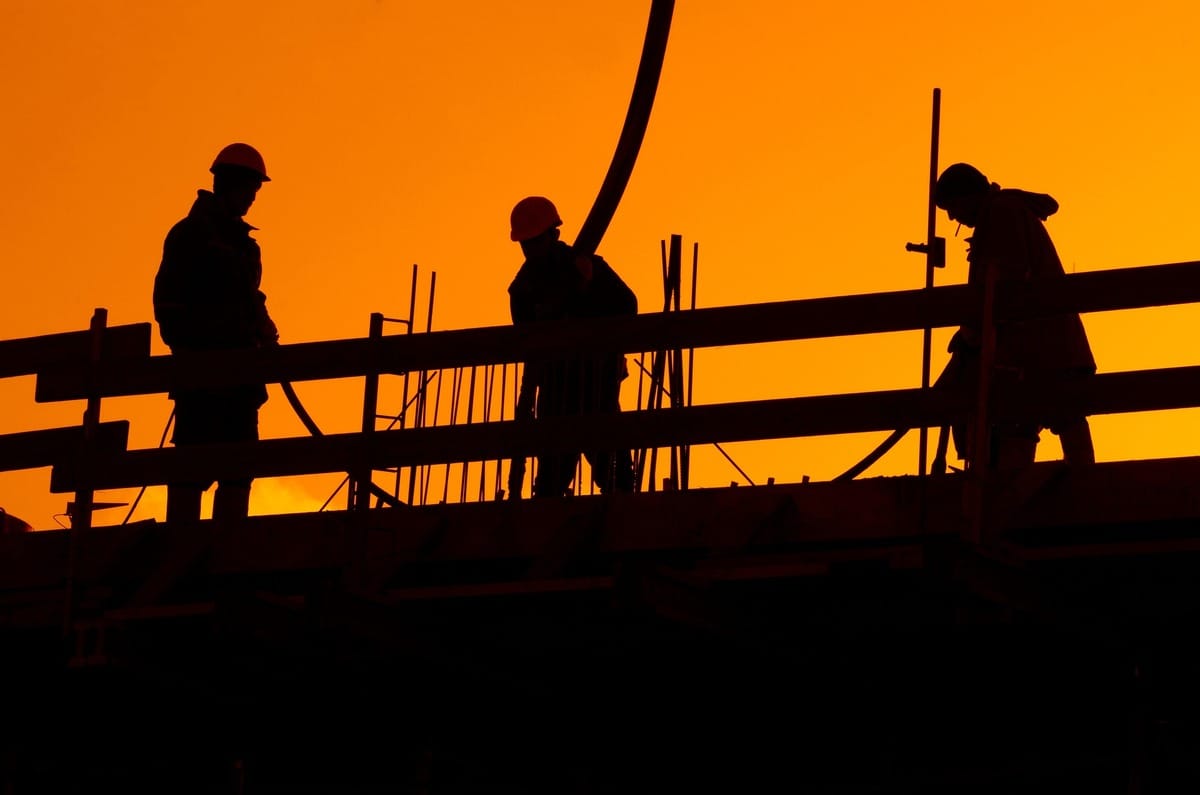- Full Brim Safety
- Posts
- Fall Protection Friday: Identifying Fall Hazards
Fall Protection Friday: Identifying Fall Hazards
Full Brim Safety: Build Smart, Build Safe

Fall Protection Friday: Identifying Fall Hazards
This Weeks Toolbox Talk Attached Below!
Welcome back, let's Build Smart & Build Safe! We’ve spent the week reviewing systematic hazard identification. Today, on Fall Protection Friday, we apply this sharp focus to the most critical hazard: Falls.
While guardrails and harnesses are visible controls, many fall hazards are subtle, easily overlooked, or generated by the work itself. Continuous assessment is vital to catching these risks.
Fall Hazards That Get Missed
Here are four specific fall hazards that must be caught during your daily "Take 5" and documented in your JSA:
Leading Edges: This is the unprotected edge of a floor, roof, or formwork that changes constantly as a building is constructed. As soon as a new edge is created, the control (guardrail, warning line, or personal fall arrest) must be established immediately.
Skylights and Roof Openings: Workers often overlook skylights, assuming they are load-bearing. Unless a skylight is certified as a passive fall protection system, it must be guarded (caged) or protected like any other floor opening to prevent a fall through the roof.
Unmarked Floor/Wall Openings: Openings created for ductwork, stairwells, or utility access must be covered and labeled immediately. A flimsy cover or one not secured against displacement is a hazard waiting to happen.
Swing Fall Hazards: This occurs when a worker ties off to an anchor point that is not directly overhead. If they fall, their lifeline will swing like a pendulum, causing them to impact a lower level, a wall, or equipment, even if the lifeline holds. Hazard ID: Check your tie-off point. Can you swing and hit something?
The Final Assessment
Before you work at height, your continuous hazard assessment must confirm two things:
The Hazard is Identified: Is there an unprotected edge, opening, or weak surface within your work radius?
The Control is Effective: Is the anchor strong enough? Is the harness worn correctly? Is the guardrail secure?
Anticipating these specific hazards is the highest level of safety planning.
Download Your Toolbox Talk Here!
Don't forget to sign your friends up for Full Brim Safety for your daily dose of construction safety tips!
-The Safety Man

